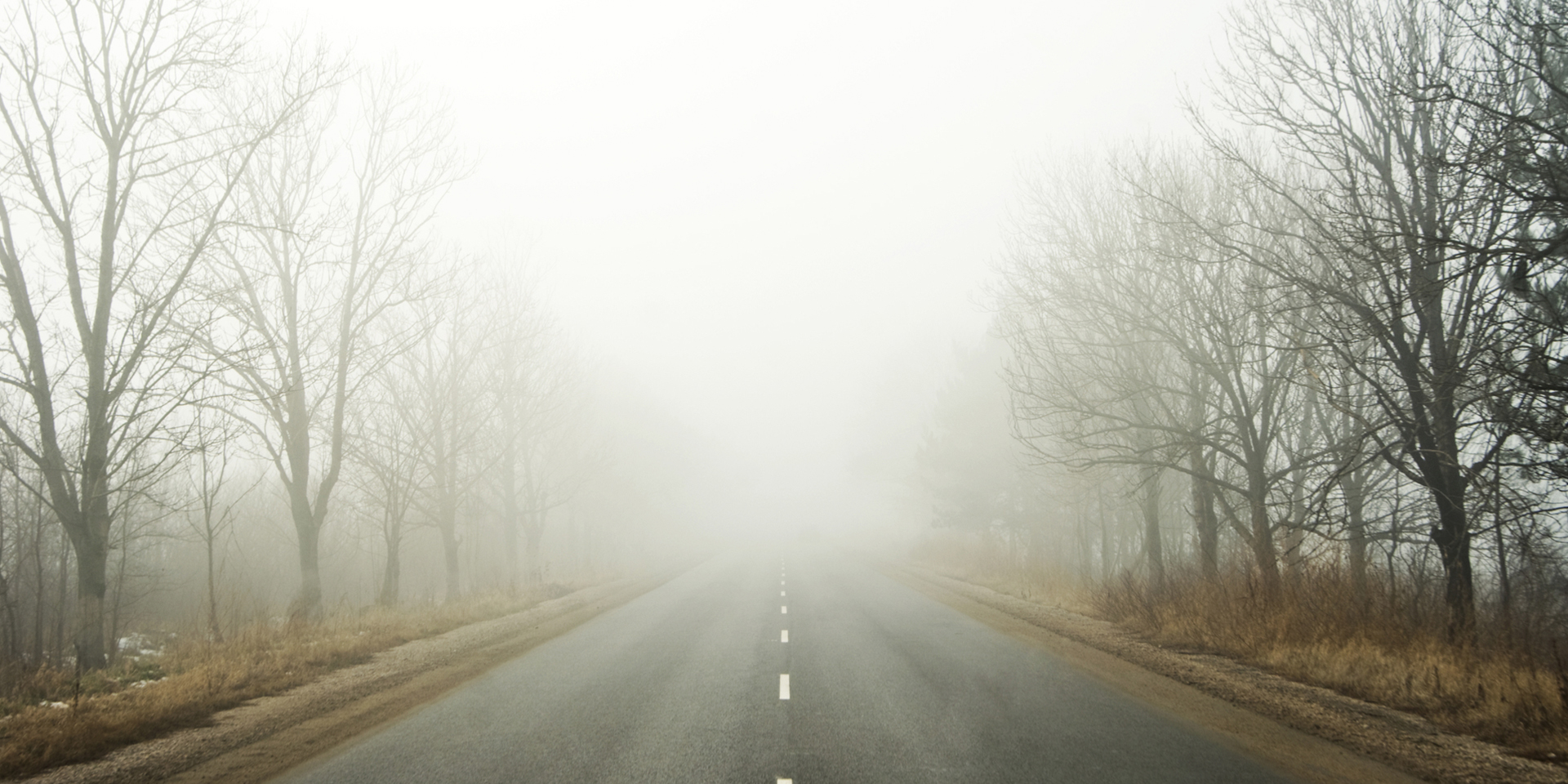Describe Four Ways in Which Fog Can Form
Describe four ways in which fog can form. Answer 1 of 2.

What Are The Different Types Of Fog Met Office
Some days the fog is not so heavy and the mud not so deep and it seems easier but then other days its impossible and you can hardly move.

. That warmed air starts to rise because when warm it is lighter and less dense than the air around it. Thankfully there are ways to predict where and when fog might show up. Radiation fog varies in depth from 3 feet to about 1000 feet and usually remains stationary.
Its just too hard you cant even think your words clearly let alone say them. While playing around with word vectors and the HasProperty API of conceptnet I had a bit of fun trying to get the adjectives which commonly describe a word. You can talk about not seeing your hands in.
Increasing the moisture content until vapor pressure reaches the water-vapor capacityB. You press on to find a way out. If it were me Id start by thinking about the setting and what the fog was obscuring.
Advection fog occurs when face as when air moves from water to flow over cooler land. There are several different types of fog including radiation fog advection fog valley fog and freezing fog. There are four kinds of fog.
The air cools as it rises allowing moisture in it. A combination of cooling and increasing humidityD. Obscured by mist or fog.
The adjective foggy doesnt have singular and plural forms an adjective has comparative forms. The mixing of cool air chills the warmer more moist air immediately above the lake to allow condensation and a cloud to form. It is most commonly associated with warm fronts but can occur with slow-moving.
Some clouds form as air warms up near the Earths surface and rises. How do you think of the fog. When this happens the water vapor condenses to form fog.
Foggy foggier foggiestThe noun form for the adjective foggy is fogginess. You can typically see wispy vertical currents of fog rising from the. This type of fog can reduce visibility to near zero at times and make driving very hazardous.
It can happen when cooler air meats heated water in swimming pools. Lifting Mechanisms that Form Clouds - Most clouds form when air cools to the dew point as a parcel of air rises vertically- There are four lifting mechanisms that form clouds. Upslope Upland fog forms when moist air rises over a slope.
Heated by sunshine the ground heats the air just above it. Clouds Form in Different Ways. Fog can form through each of the following ways EXCEPT Question 7 options.
Orographic Lifting Convection Convergence and Updraft. The types of fog are as follows. When relatively warm rain or drizzle falls through cool air evaporation from the precipitation saturates the cool air and forms fog.
By cooling the air until it reaches the dew-point or frost-point temperatureC. It can also happen when cool air passes over warm seas especially in autumn. Fog can form in other ways too.
Radiation fog forms in the evening when heat absorbed by the Earths surface during the day is radiated into the air. It can also extend over large areas completely suspending air operations. This type of fog is one of the most localized forms of fog.
As the earths surface continues to cool provided a deep enough layer of moist air is present near the ground the humidity will reach 100 and fog will form. For example a moist air mass with higher concentrations of water vapor and therefore higher condensation rates can move over a chilly surface such as a snow pack with low evaporation rates leading to net condensation. Figuratively Confused befuddled etc.
The idea for the Describing Words engine came when I was building the engine for Related Words its like a thesaurus but gives you a much broader set of related words rather than just synonyms. You may have also seen fog forming over lakes or streams especially on cool autumn mornings. Decreasing the moisture content of the air and increasing.
This fog can become quite dense and continue for an extended period of time. As it rises its pressure and temperature drop causing water vapor to condense. Another noun form is fog.
Included below are past participle and present participle forms for the verb fog which may be used as adjectives within certain contexts. By knowing these mechanisms of fog formation one can much more easily predict where fog might form. Radiation fog occurs as a result of the nightly cooling of Earth when the layer of air in contact with the ground is chilled.
Upslope fog or hill fog forms when winds blow air up a slope called orographic uplift. Radiation fog advection fog evaporation fog and upslope fog. There are a lot of standard phrasesthey work like shorthand but I find them lazy and conversational.
A way out has yet to be found. On days like these its seems impossible. There are generally four types of fog that all have their own ways of forming.

The Different Types Of Fog Weathertogether

No comments for "Describe Four Ways in Which Fog Can Form"
Post a Comment